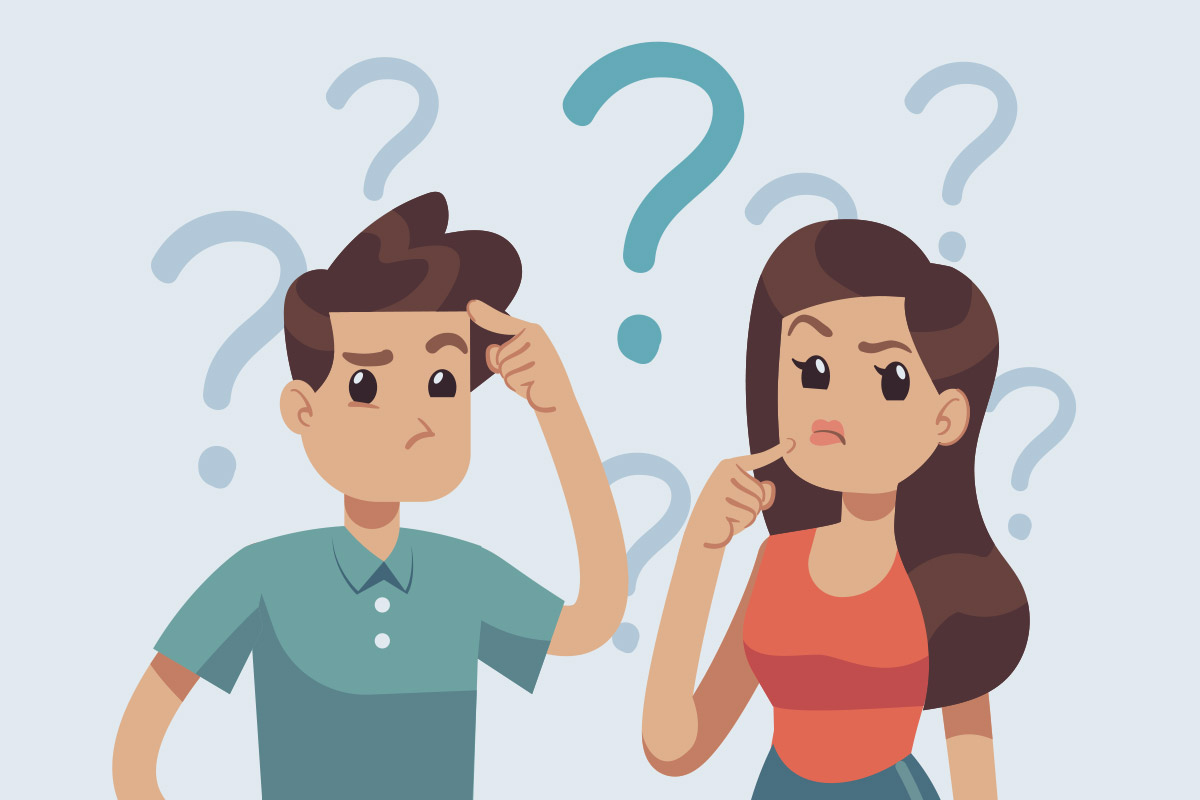Home » Acne Treatments » Cosmetic Treatments For Acne
Cosmetic Treatments For Acne
Acne light therapy options
There’s now a range of acne light therapies and other cosmetic treatments that may be an option for some people with acne and acne scarring.
It’s important to consider the time and financial commitment involved in cosmetic treatments like light therapies. That’s why it’s a good idea to talk to your GP or dermatologist first.
Biophotonic therapy
The latest in acne light therapy, biophotonics, is provided primarily by Kleresca.
It involves a blue light which fluoresces a specially formulated gel that is placed on the acne affected areas converting the incoming light colour into a range of wavelengths. This then triggers the skin’s own biological processes and repair mechanisms.
How biophotonic therapy works
Biophotonics works best on inflammatory acne – those large, red lumps. It reduces inflammation which is thought to be the primary issue in the beginning of an acne lesion.
The treatment also normalises cell activity which lessens the appearance of acne. It also appears to increase the build-up of collagen which has been found to help in reducing acne scarring.
The Kleresca treatment takes about nine minutes per session. Two sessions per week over a six week period is recommended but there are variations to this regimen and exactly what’s needed will be determined by your medical practitioner and to some extent, your availability.
Benefits and risks
A 12 week clinical trial published in the International Journal of Dermatology found the treatment reduced acne severity. Kleresca continues to work after the six week treatment period with further improvements to acne seen in week 12. Patients reported a decrease of acne related pain and an improved quality of life at six weeks.
Kleresca was found to be safe with no serious adverse events, however short term reactions may occur including temporary redness of treated areas and pigmentation or worsening of pre-existing hormonal pigmentation. This pigmentation is usually short lived.
Blue light therapy
Narrow band blue light phototherapy is well known as a method of reducing jaundice in newborn babies. Now it’s also seen as having a promising role in treating mild to moderate acne.
However, blue light therapy remains an under-studied, investigational acne treatment, which means more research is needed to demonstrate it a proven safety record and identify its long-term effects.
How blue light therapy works
Blue light therapy involves directly exposing the entire skin area affected by acne to either a continuous or intense pulsed light which has been shown to have anti-bacterial and anti-inflammatory effects.
A typical treatment needs two sessions per week over four to five weeks.
It’s rare for blue light to be used on its own, instead it’s usually combined with either topical or oral medications. Some blue light devices also use a radiofrequency current which is thought to get a little deeper into the skin and have greater effects on the oil glands.
Sometimes blue or other lights are used in conjunction with another topically applied medicine which increases the sensitivity of the acne lesions to the effects of the light – photodynamic therapy (PDT). PDT makes the skin extremely sensitive to light for the following two days, so it means staying indoors away from bright lights for this time.
This therapy is useful as an anti-inflammatory in addition to other therapies, allowing time for these other therapies to work best.
Benefits and risks
The limited studies conducted to date for blue light therapy suggest it’s more likely to have a role for controlling an acne flare in an adult with mild to moderate acne.
These studies observed that by four weeks into treatment, the majority of people with mild to moderate acne noticed some degree of improvement.
Inflammatory acne lesions (red raised and/or pustular pimples) are reduced more than blackheads and whiteheads. In some cases, acne was reported to be completely clear.
However, about one in five people will see no benefit from four weeks of treatment and may even see their acne worsen in severity.
Blue light therapy does not appear to produce extended acne remissions. In one study, the benefits of a topical antibiotic treatment were greater than those for blue light therapy four weeks after stopping treatment.
There is very limited safety data regarding blue light. They come from a few controlled studies which followed only a very small number of patients over a relatively short treatment course (eight treatment sessions over four weeks).
The results of one study suggest blue light therapy should be avoided in severe forms of acne because it was observed to worsen patients’ acne after starting treatment.
As with any therapy, there are risks involved. Unfortunately, there is only limited information about the short-term side effects and risks with even less known about blue light’s longer-term safety.
Short-term side effects
During treatment and in the weeks following blue light therapy, some people may briefly experience:
- Redness and swelling of treated areas
- Skin dryness
- Skin pigment changes
- Worsening of acne – possibly more likely to occur in people with severe acne
- Photosensitivity (sensitivity to light)
Potential long-term side effects
Sunlight is known to have a number of harmful effects on the skin which can be delayed for years or decades after excessive exposure.
Although there is no data on the long-term skin effects of repeated exposure to intense blue light, potential concerns include:
- Photo-ageing of the skin
- Suppressing the skin’s immune system
How much do you REALLY know about acne?
It’s amazing there are still so many myths about acne. It seems the more information, the more confusion, which can feel really frustrating.
Take our quiz to get your zit mythbusting score and check your acne facts.

